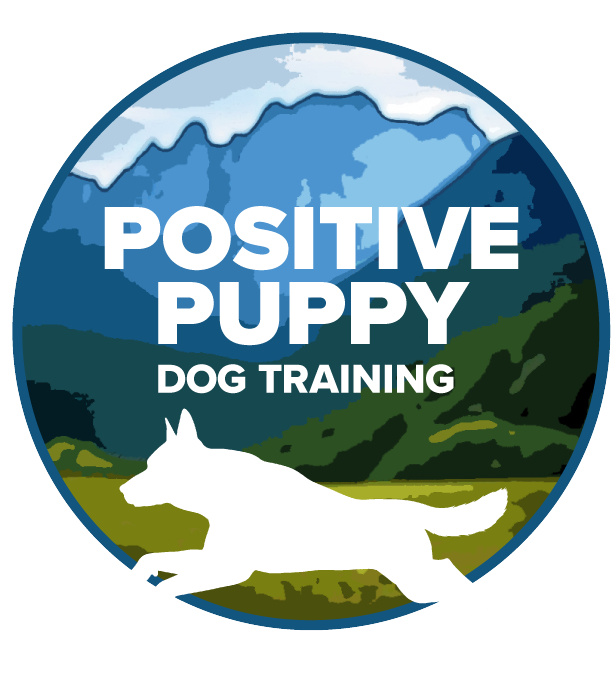A Holiday “Tail”!
In the midst of the holidays, I thought it might be fun to share a holiday “tail” with everyone instead of just plain, old dog training! I was reminded of a story while talking to my daughter this week about holiday plans with my grandson over Christmas. Way back when, I was a single mother with my daughter Jessica. In order to have a Christmas tree, I always bought a pass from the Forest Service


